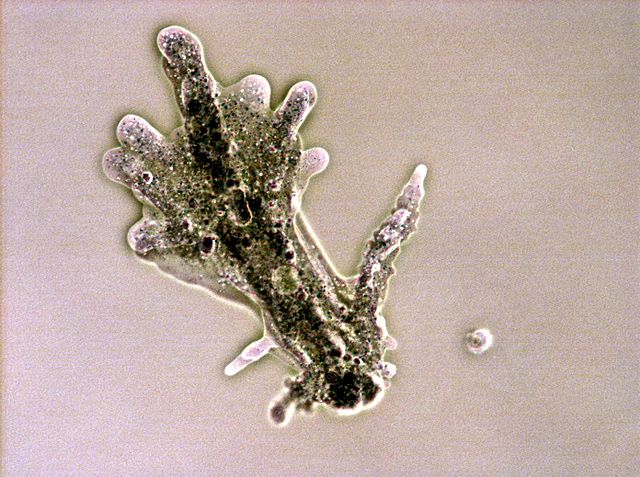Thousands of Fanzor DNA cutters that may outperform CRISPR identified
Date: 3.11.2023
Following on from the discovery of programmable DNA-cutting enzymes known as Fanzors, scientists have found that a diverse range of species possess these genetic 'scissors', which presents a massive opportunity in the development of new medicines, genetic therapies and biotechnology.
 Scientists from the McGovern Institute for Brain Research at the Massachusetts Institute of Technology (MIT) have now identified more than 3,600 Fanzors. These RNA-guided enzymes are able to be programmed to cut DNA at targeted sites, editing genes like the bacterial Cas9 enzyme in CRISPR.
Scientists from the McGovern Institute for Brain Research at the Massachusetts Institute of Technology (MIT) have now identified more than 3,600 Fanzors. These RNA-guided enzymes are able to be programmed to cut DNA at targeted sites, editing genes like the bacterial Cas9 enzyme in CRISPR.
Just why this is a big deal is in the microbiology. Fanzors – which the researchers have now found in a diverse set of species, from fungi to mollusks – stem from eukaryote organisms. Cas9, is found in the simpler prokaryotic cell.
So while those simpler cells, such as those that bacteria possess, are very removed from humans on the evolutionary tree, CRISPR – clustered regularly interspaced short palindromic repeats – has nonetheless been hugely effective in ‘correcting’ genetic diseases and developing diagnostic systems, and is considered one of the greatest discoveries in modern medicine.
Harnessing Fanzors in a similar way has the potential to be even more impactful, simply because these genetic scissors are better aligned with our cellular makeup. “People have been searching for interesting tools in prokaryotic systems for a long time, and I think that that has been incredibly fruitful,” said McGovern Fellow Jonathan Gootenberg. “Eukaryotic systems are really just a whole new kind of playground to work in.”
Image source: Cymothoa exigua, Wikimedia Commons, CC BY-SA 4.0.























